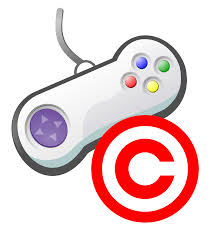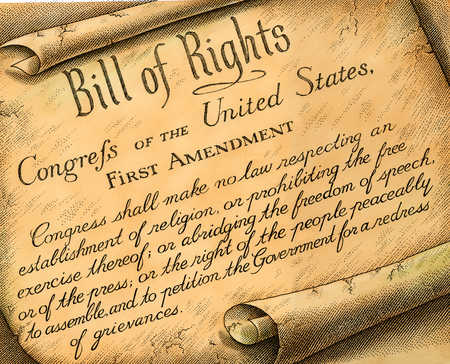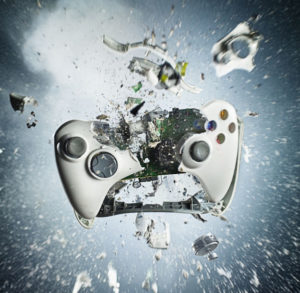
There are a few misconceptions in the indie development community concerning the definition and legality of clone games. Some take it as given that a legal clone can be a fan game, including many of the same visual and sound elements as the original.
Others believe that because some game companies don’t enforce their IP rights against fan game developers, all fan games must be legal. Some may even believe that a game is simple and general enough to not warrant IP protection. This entry is designed to dispel some of the confusion and inaccuracy surrounding clone games and fan games.
Let’s say you’re a huge fan of Zelda, you’re a programmer and competent indie developer, and you and your friends want to create a tribute game to the world of the Hylian race, Princess Zelda, Ganon, and, of course, Link.
In your game you will likely create something akin to fan fiction as far as your storyline and script, and you want to implement the same characters in some way because you are, like most of us, somewhat attached to those icons.
Obviously you want to use similar game rules and mechanics. Can you? Should you? What legal complications will arise, what risks are involved, and how can you avoid threats from the very entity to intend to honor?
Defining A “Clone”
According to Wikipedia, a video game “clone” is a game that is “very similar” to or “heavily inspired” by another game. This is woefully vague from a legal perspective. A “legal” clone is one that does little more than implement unpatented game mechanics, rules, operations, and physics.
Some “ideas” for games may also fall into the legal clone category for the simple reason that they are so common or vague that they no longer warrant copyright protection as unique expressions—for instance, a platformer or RPG with a male protagonist seeking a kidnapped princess is so common to the genre as to constitute scenes a faire under Copyright law.
On the other hand an illegal clone relies heavily on the creative content of a game—namely the trademarks and trade dress of a game product, as well as the unique audiovisual and scripted elements of that game. Note that game clones containing patented mechanics may also run afoul of intellectual property law.
Layers of Protection
Games aren’t all about code. Just because you wrote your clone or fan game from scratch does not guarantee that it is legal. The intellectual property contained in a video game is truly vast. For instance the copyrights alone may include (but are by no means limited to):
Audiovisual display
Sound recordings
Voice recordings
Script
Screenplay
Background drawings
Sprite drawings
Musical compositions
Source Code
Object Code
Furthermore, you have trademark, trade dress and unfair competition claims in the original work to worry about, including:
Game name
Company name
Character names
Character appearance and clothing
The game’s look and feel
Game packaging
And last but not least, you may even have some random claims out of left field by game actors/SAG members, including:
Name and likeness
Defamation
Privacy rights
If you use any of this in your “clone” game, you may draw unwanted attention and create a legal risk for yourself. The Tetris Company has relied on several of the above-mentioned rights, including “look and feel” under both trademark and copyright law, to enforce IP rights against games that closely resemble its product.
Furthermore, the risk of legal action isn’t limited to clones of video game products. Creating a video game clone of board games, card games, and the like could create just as many problems. One famous example is the suit brought by Hasbro against the developers of Scrabulous, a well-known Facebook application.
As far as programming and code goes, commonplace commands are exceptions to the general rule of copyright protection. This is notable only because the most frequent argument I’ll hear concerning a person’s clone or fan game is that the “code is different” or that they “created the game from scratch”.
Unfortunately, the law doesn’t really care, and is not on your side here if you relied on or used any of the other elements noted above. Even if you create the images, sound recordings, etc. from scratch, if those same components are clearly derived or ripped off from the original game, all your hard work may mean absolutely nothing from a legal perspective.
Protecting your Clone/Fan Game
You have a few choices here:
1. Make a “legal” clone. Rely on unprotected game elements, mechanics and processes that are so common and prolific in the game industry as to no longer warrant protection, copyright, patent or otherwise. If you’re unsure whether your particular idea falls into that category, contact an attorney.
2. Ask permission. Yes, this does put you on the owner’s “radar”, but show some respect. If you’re making a clone or fan game, at least be sincere about it—obviously you enjoy the game, so show some respect to the game’s creators and publishers and inform them of what you want to do.
If they say yes, you have carte blanche right to use whatever you’ve told them you wanted to use in your product. If they don’t respond, you have a good faith laches/waiver defense. In English this means that the company/publisher has waited, with knowledge of the fact that the infringement was going to happen, until you’d already put yourself past the point of no return as far as production and distribution, before acting.
Generally this conduct is frowned upon by the Court and is therefore treated as a “waiver”; otherwise the Court will honor your laches defense—this is especially true if notice to the company came in the form of a request for permission.
If the company says no, you’ve probably chosen the wrong IP to clone.
3. Come up with your own game. This is probably the best approach. If another game has inspired you, that is a wonderful thing. Let that propel your own creativity and make something unique that is truly worth playing.





0 Comments